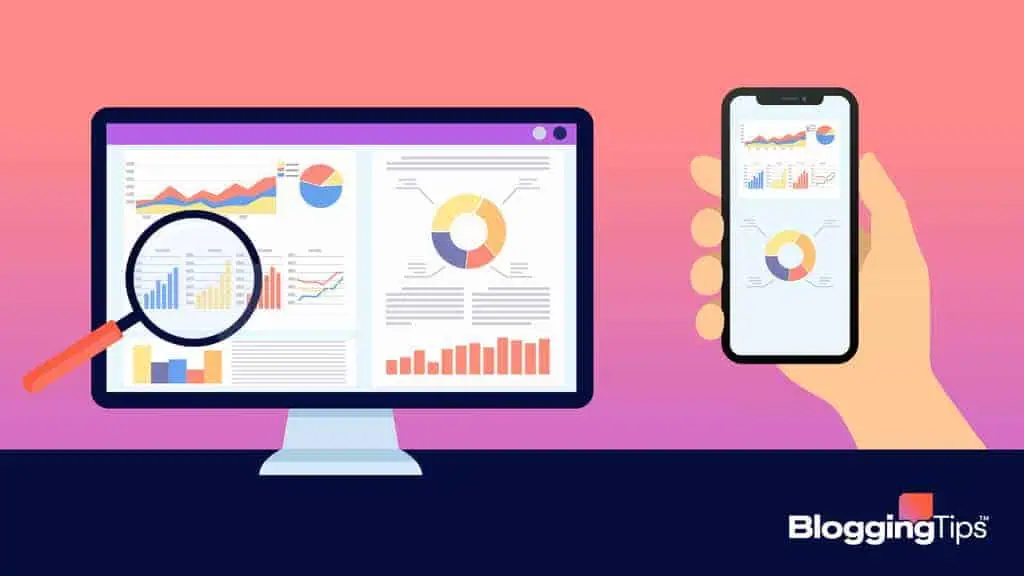
Focus on UX
Readers typically find your content by clicking on a link circulated online. Yet, a small number of people access it after visiting the home page of your website or blog.
You must focus on enhancing your blog’s homepage and must not ignore this aspect.

The website homepage must have an easy-to-navigate layout and should be created to send readers to the posting page easily. Some strategies used by the most successful bloggers to draw readers to their blogs include:
- An eye-catching featured image that accurately and succinctly conveys the post’s subject.
- To show how well the post was received, including a counter for views and comments.
- To draw readers in and help them understand the topic of your post, create a compelling excerpt that is unique to your post.
- Pertinent graphics and graphics on the bio section of your blog.
Make it Easy for Google to Crawl Your Blog
Google continuously crawls the web, adding fresh pages to its index and modifying the profiles of already-indexed pages.
You could speed up the process of being added to Google’s index and being found for searches by making it as simple as possible for Google to crawl through your website and study what it needs to know.
- Adding keywords to your pages’ meta titles, URLs, meta descriptions, and image tags is a crucial part of image SEO.
- Tying your website’s pages together internally to make the entire website more crawlable and trustworthy.
- Making sure there are no indexation gaps by doing a technical SEO analysis of your website.
Get Backlinks
Backlinks are the connections between pages on two different websites. You have a backlink from another website if it includes an external link to yours.
Similarly, if your website contains an external link to another website, you are providing a backlink to that website.
SEO is of utmost importance if you want to increase your online visibility, give your product or service more prominence in search results, and make it simpler for customers to find you.
Your website’s SEO optimization, increased organic traffic, and increased brand exposure all depend heavily on backlinks. While considering its significance, keep in mind that following search engine recommendations will yield the greatest results.
If you have a backlink from one of these pages, your content will probably be seen much more quickly because search engine bots prefer to examine popular pages more regularly than less popular ones.
If that’s the case, you can assume that you satisfy their audience’s needs. When doing so, you are also addressing the requirements of each audience. As a result, your brand will benefit when you eventually establish yourself as an authority on the subject.
More customers begin to consider your product or service before others’ when your brand value rises, which can have a noticeable financial impact.
Continually Improve E-E-A-T and SEO
Making your blog page simple to navigate from your home page and enabling search engines to correctly crawl and index your blog so that it appears in search results are two ways that SEO benefits your blog page.
It aids in organizing your sitemap so that your blog’s content is easily accessible and optimizes your content using keyword, topic, and HTML tags that are search engine friendly.
You can make your blog visible to search engines and, consequently, to users by optimizing the content on your website. Consider the following effective optimization techniques:
Keywords & Subject: Use semantic keywords as subpoints and additional conversation points in blog posts based on a single root topic. Make your content as informative and credible for your desired target reader as possible.

- Content Structure: Strategically place keywords throughout your writing, paying particular attention to H1 and H2 headers, picture alt text, meta descriptions, and title tags. A smaller segment of visitors will be more aware of your blog thanks to long-tail keywords, but they’ll probably have more specific search criteria.
- Rich Media: Incorporate rich media in your blog entries to give them more personality, shareability, and click appeal, whether posted on your website or distributed via social media and email.
- Subject Expert: Being an authority on your topic will benefit your blog and the rest of your website. For a higher probability of your content ranking highly, establish authority for certain subject matter across your website.


Responses